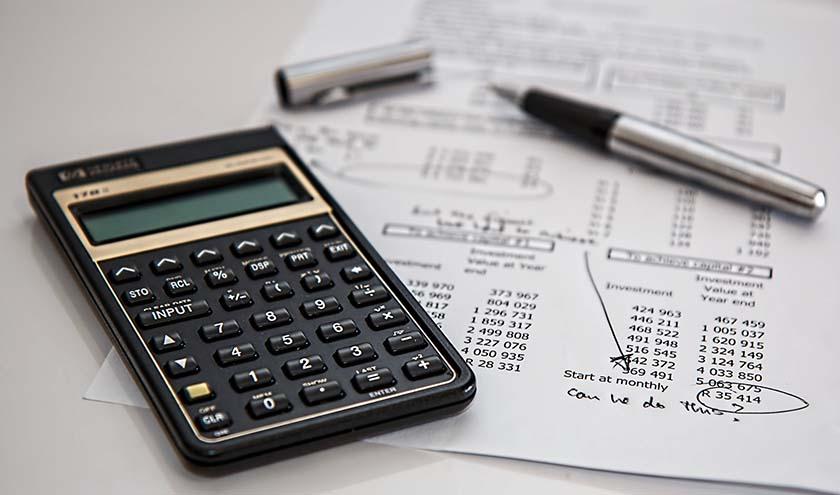The inventory turnover is a financial ratio displayed on a business’s accounting document, that indicates the number of goods the company sells in cash or credit and the number of stocks it has produced to replace what is traded over a particular period.
This concept is essential to industries that have to do with the production of goods because it helps them to understand their sales output over a specific time period. Analysts also rely on data that emerges from inventory turnover because it allows them to compare the business's deals with the average industry standard.
When a business experiences a low turnover ratio, it means that the output of the business is performing below the industry standard and market expectation. This implies that the sales output from the business production is falling or what is popularly known as overstocking. When a business output gets to this point, it tells you that its production output is fast exceeding the sold-out goods.
The best option that the business leaders can implement is to slow down production pace and revisit the product right from the conception stage to see if there are any production issues, while reviewing the marketing strategy to gain market share.
A high ratio on order shows that the company is experiencing a Boom (High Demand). At this point, the company’s production is falling below demand from consumers. Despite the pressure associated with high demand for company products, every business owner desires to find themselves in this type of situation, as it leads to greater output in the form of factory production, resulting in more sales, while improving business revenue over time.
Method of calculating cost of goods sold
Cost of goods sold concerns the total number of all raw materials and labor force that a business uses in producing goods, from the production level to the point of distribution, through to the final consumer.
Opening stock + purchase – closing stock = cost of goods sold
Calculating Average Inventory
To calculate average inventory, the first step is to identify the inventory at the commencement of the date period (e.g., October 1), and then add it to the inventory value at the close of the period. From here, the result is then halved to obtain the average inventory value for the 12 month period. A balance sheet document can be used to retrieve the inventory figures.
Average Inventory:
Starting inventory + Final inventory / 2
Calculating inventory turnover ratio
Once a business has successfully calculated their cost of goods and average inventory, determining their inventory turnover ratio should not be difficult. The cost of goods and average inventory form the platform that allows companies to calculate their rate of inventory turnover.
To get this ratio, all you need to do is divide the value of cost of goods sold, by the value of average inventory.
Inventory Turnover Ratio:
COGS (cost of goods sold) / AI (average inventory)
Benefits of Inventory Turnover for Businesses
- With inventory turnover, businesses can easily measure the performance of the products in the market
- It helps the analyst to have access to data to run a comparison between a business and its performance among its contemporary
- Data from the inventory ratio helps the decision-making of the business about sales and marketing strategy
Conclusion
Now that you have understood the value of inventory ratio for business accounting, the formulas and the benefits involved, you can start implementing it in your business as it will help you in managing your business resources, assist you in determining how and what to produce, and indicate your stock levels at a given time.












No Comments